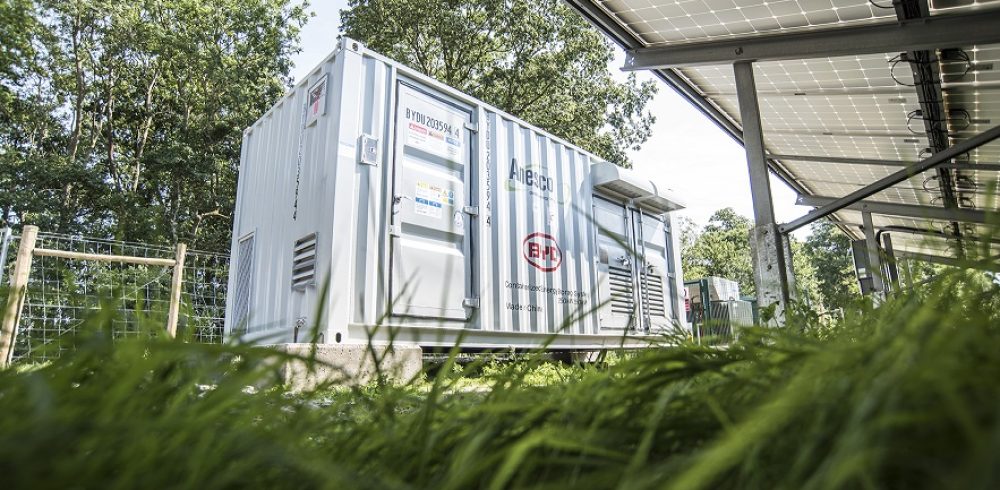In response to a transmission system stress event that caused power cuts and disruption in the UK last week, battery storage facilities played a pivotal role.
The electricity system suffered a stress event after two large generators – RWE’s gas-fired Little Barford power station and Orsted’s Hornsea 1 offshore wind farm – were disconnected almost simultaneously on the 9th of August. With a combined capacity of almost 2GW, National Grid ESO was sent scrambling for reserve capacity to plug the gap.
While a number of battery storage facilities responded to the initial call, the reserve capacity was insufficient, meaning that the electricity system operator (ESO) was forced to disconnect demand, triggering widespread blackouts and disruption to services such as travel.
However as demand disconnected, the grid’s frequency bounced the other way, as Anesco asset managing director Mike Ryan explained, meaning battery storage projects were then required to charge to balance the grid once again.
“There has never been a clearer example of the vital role of storage for the grid. As more and more renewable generators come online and we drive towards ‘net zero’, such assets need to be effectively utilised and proper frameworks put in place to work with operators.”
However, National Grid ESO has also come in for criticism, with some industry stakeholders remarking the blackout evidences the need for the system operator to contract far great quantities of flexible storage capacity.
Mark Simon, chief executive at battery storage owner and operator Eelpower, said: “The power cut… shows how the volatility of wind power generation, when it is the dominant provider of electricity, can introduce significant systemic risks.
“These risks will only be balanced by the introduction of high-speed, grid-connected electricity storage distributed across the country, and delivered at scale. It’s vital that the National Grid, local grid companies and battery storage operators work together to ensure that events like this afternoon’s power cut do not become commonplace… It demonstrates with great clarity the urgent need for electricity storage at scale on the UK’s grid.”
Jonny Gowdy, director at industry trade body Regen, said that Friday’s power cut demonstrated the importance of highly responsive assets such as battery storage to the system, but pointed out how contracts currently in place were markedly insufficient to mitigate against a rare double shutdown.
“The UK wants to be a world leading in smart energy and battery storage, but very few planned projects are making progress, largely due to uncertainty over future revenue streams.
“A short-term solution could be to run another frequency auction, offering 4 year contracts to encourage new storage capacity. But in the longer term, the UK needs to address what energy security means in a changing electricity system – speed of response, flexibility and diversity should carry as much weight as scale and duration,” he said.















